In pictures: Colombian prison island
- Published
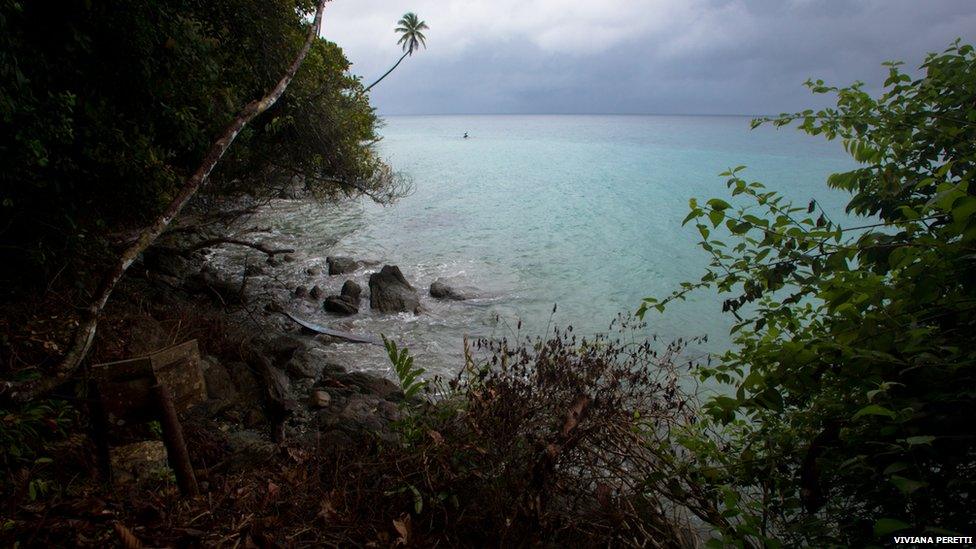
The island of Gorgona off the Pacific coast of Colombia was discovered in 1524 by Spanish conquistador Diego de Almagro who named it San Felipe.
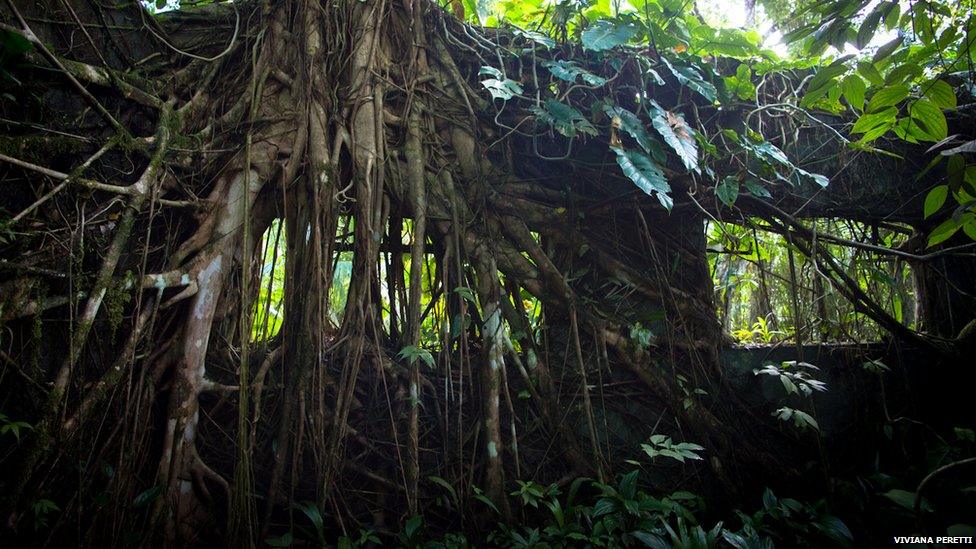
Three years after its discovery, 170 Spanish soldiers came to the island to recuperate after losing a battle against the Incas in Peru. Of the 170, 87 died of snake bites.

The abundance of snakes on the island prompted the Spaniards to rename it Gorgona, after the Greek mythological creatures who had snakes instead of hair.
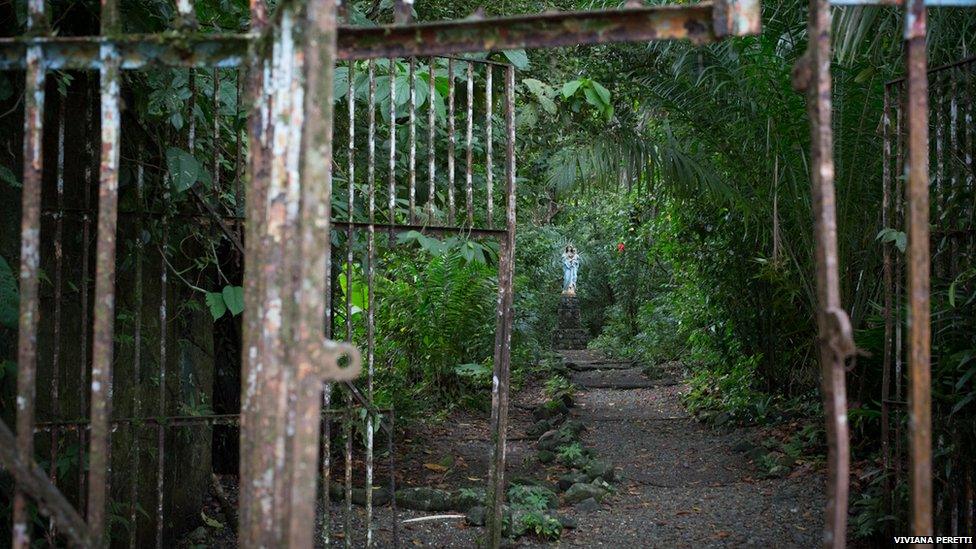
In 1950s, the authorities decided to turn the island into a maximum-security prison, believing that the poisonous snakes would deter inmates from any escape attempts.
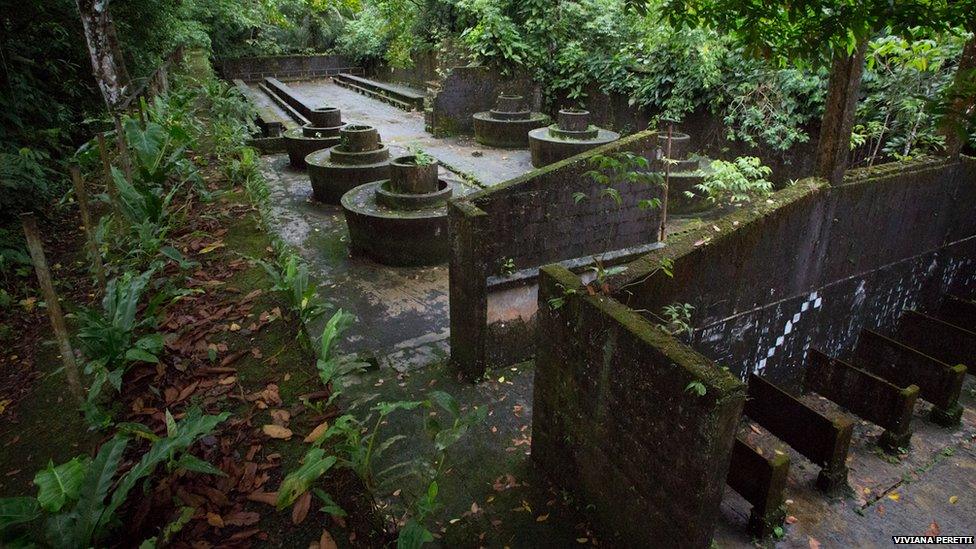
The prison opened in 1960 and functioned until 1984.
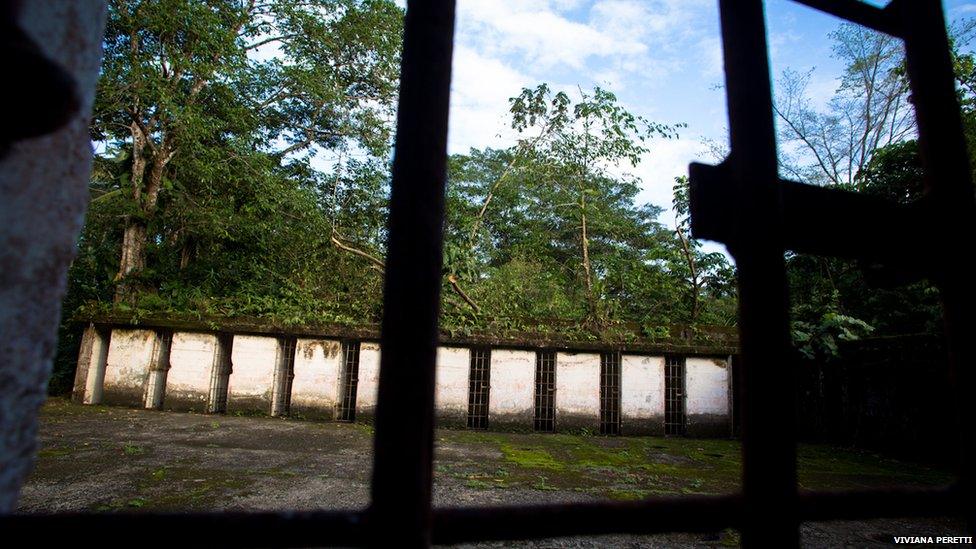
The prisoners were housed in cramped cells and there were allegations of mistreatment and human rights abuses.
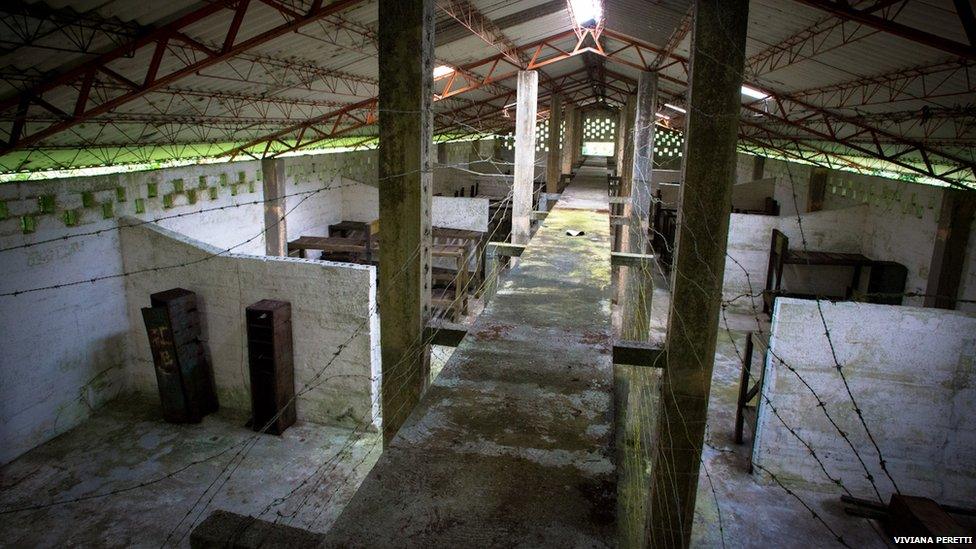
Prisoners had no privacy and were watched at all times, even so, there were frequent assaults by both guards and inmates.
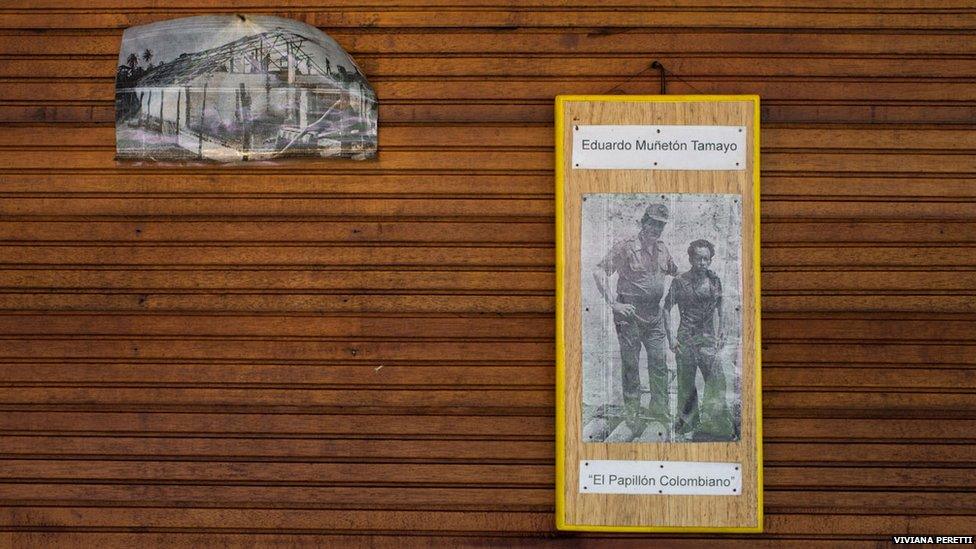
Only three prisoners ever managed to escape from Gorgona. Eduardo Muneton Tamayo was one of them. He was recaptured and sent back to the island after he boasted of his exploits when drunk.
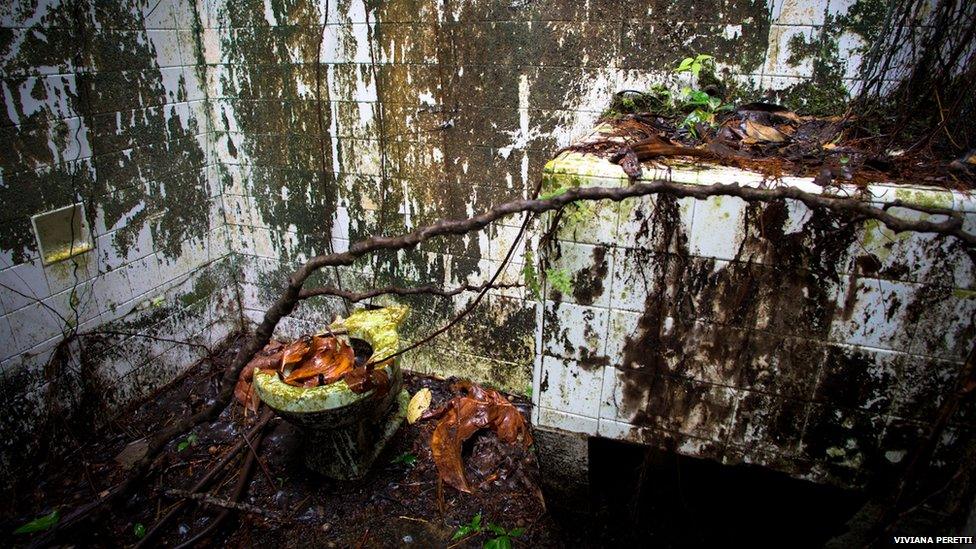
Some of the shower blocks still stand on the island.

After the prison closed, the island was turned into a national park to guarantee the preservation of its endemic species.
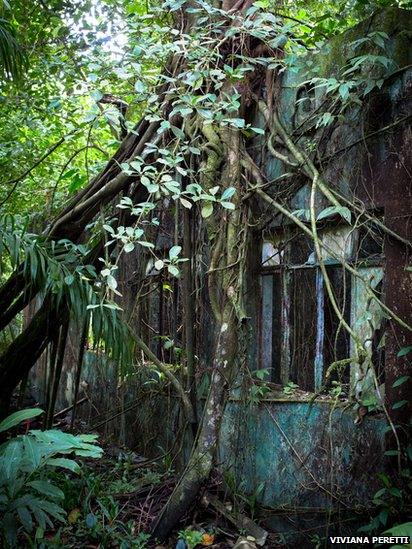
Parts of the island suffered from deforestation after trees were cut down for firewood to fuel the prison, but since its conversion into a national park that trend has been reversed.
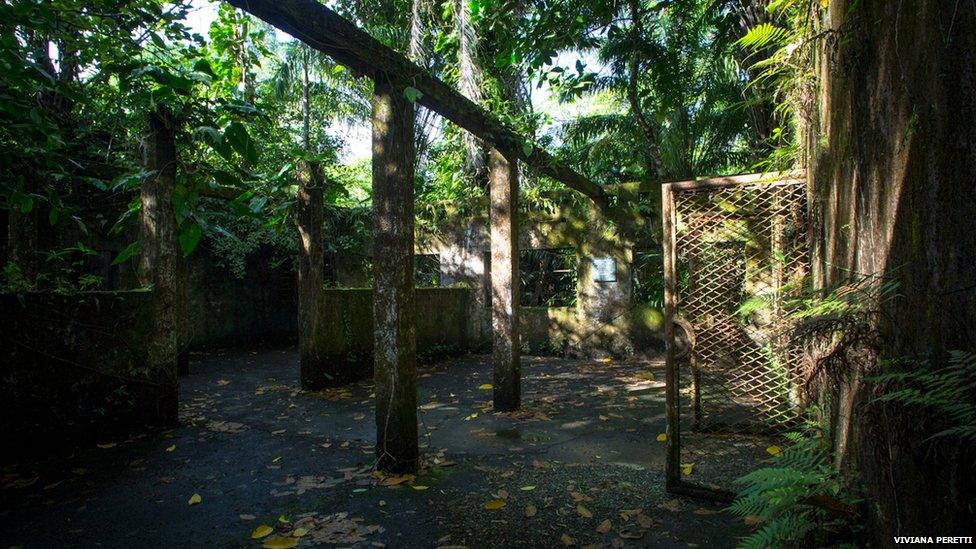
Since its closure, Gorgona's lush vegetation has reclaimed the prison barracks.
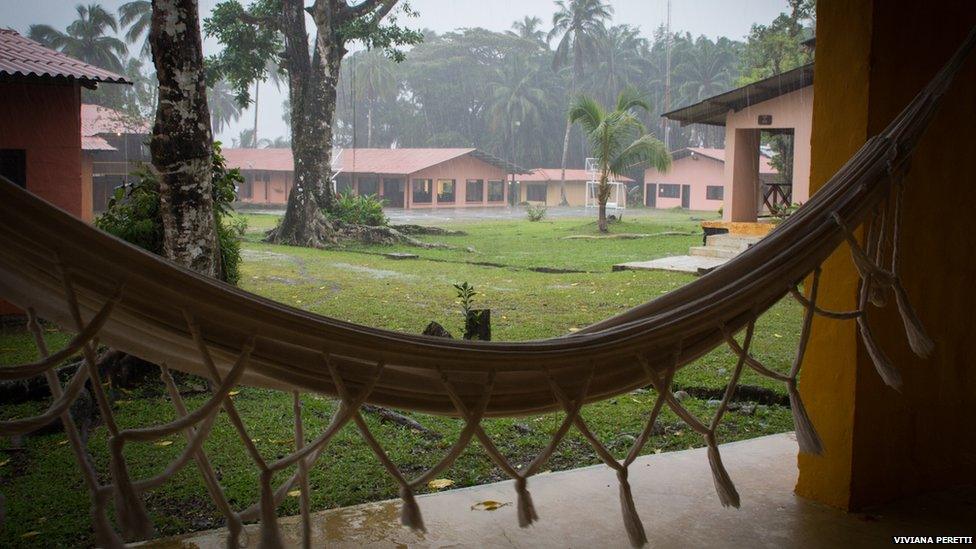
The blocks where the guards lived have been converted into holiday accommodation for visiting tourists and biologists studying the wildlife.
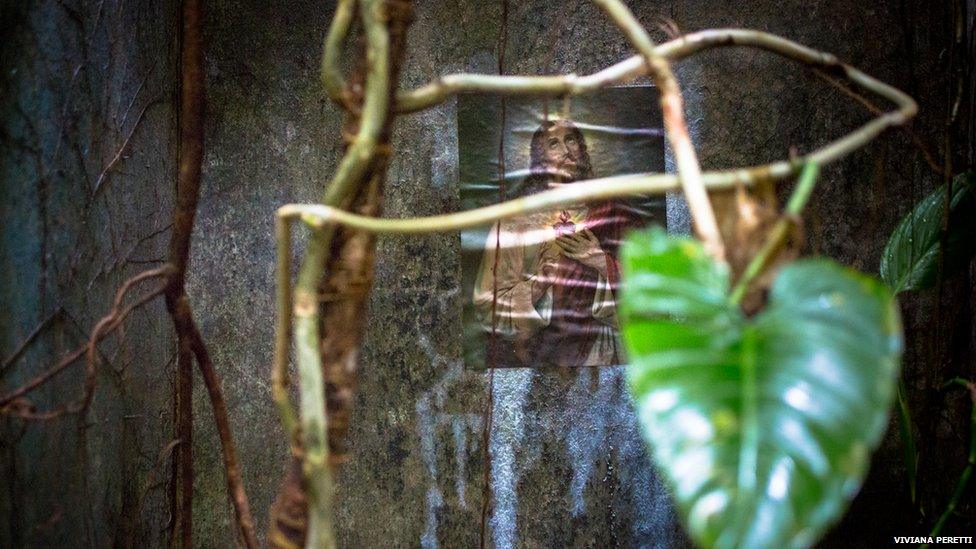
The island covers a total area of 26 sq km (16 sq miles) and lies 35km (21 miles) off the coast of Cauca province.